Over the last several years various aspects of Climate Change have been getting a bit more attention in the news than previously. Both the continuing drought in the Western North America, East Africa and Europe as well as the abnormally severe storms, hurricanes, tornadoes along with massive floods throughout the world have been making so many headlines that global warming can no longer be completely ignored.
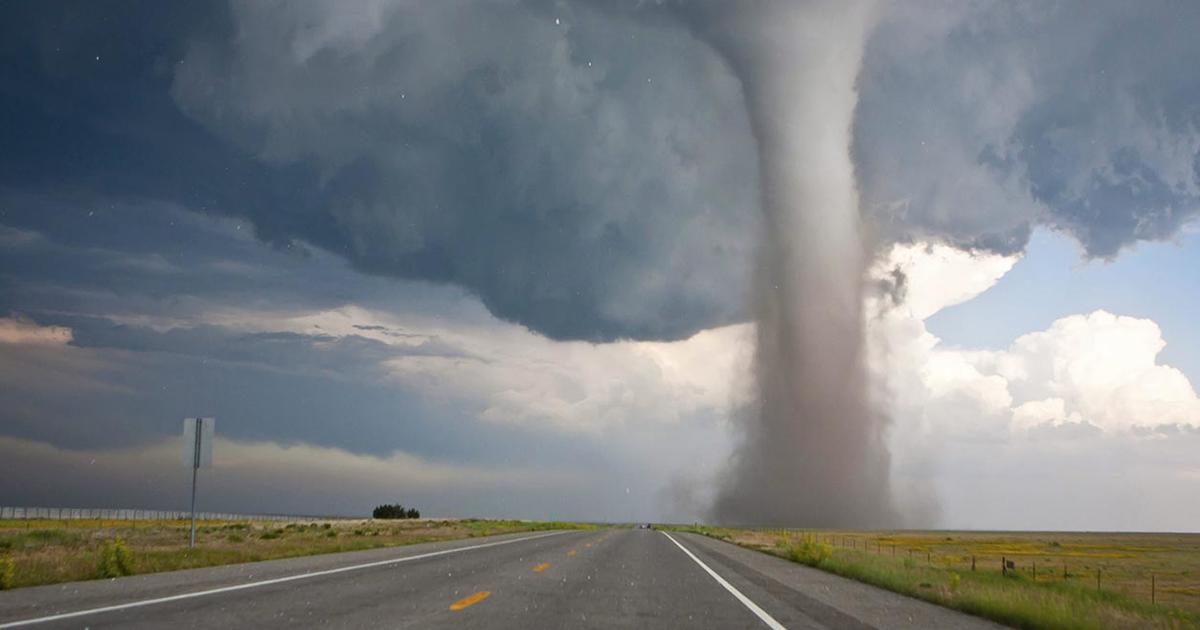
Now all of that news coverage is a good thing but all of those stories about changing weather patterns have obscured another piece of the climate change problem, sea level rise. Sea level rise may not get the headlines, basically because we haven’t begun to see the worst effects of it yet, but millimeter by millimeter it just keeps it just keeps on building, a measured 20cm rise worldwide over the last 100 years. Already some of its effects have been noticed in low laying parts of the world like the Mississippi delta or islands like the Seychelles. At the same time the entire US gulf and Atlantic coasts have been subjected to an ever growing number of ‘King Tides’, periodic flooding of land areas even when there has been no rain for days. In the city of Miami seawater has been known to come bursting out of sewers while the Sun is shining brightly.

Now two news studies, each looking at the long term consequences of sea level rise from opposite directions have concluded that the problem will become much worse, much quicker than expected. The first study, published in the journal Nature Communications by an international team of scientists details the results of a series of model based computer simulations.
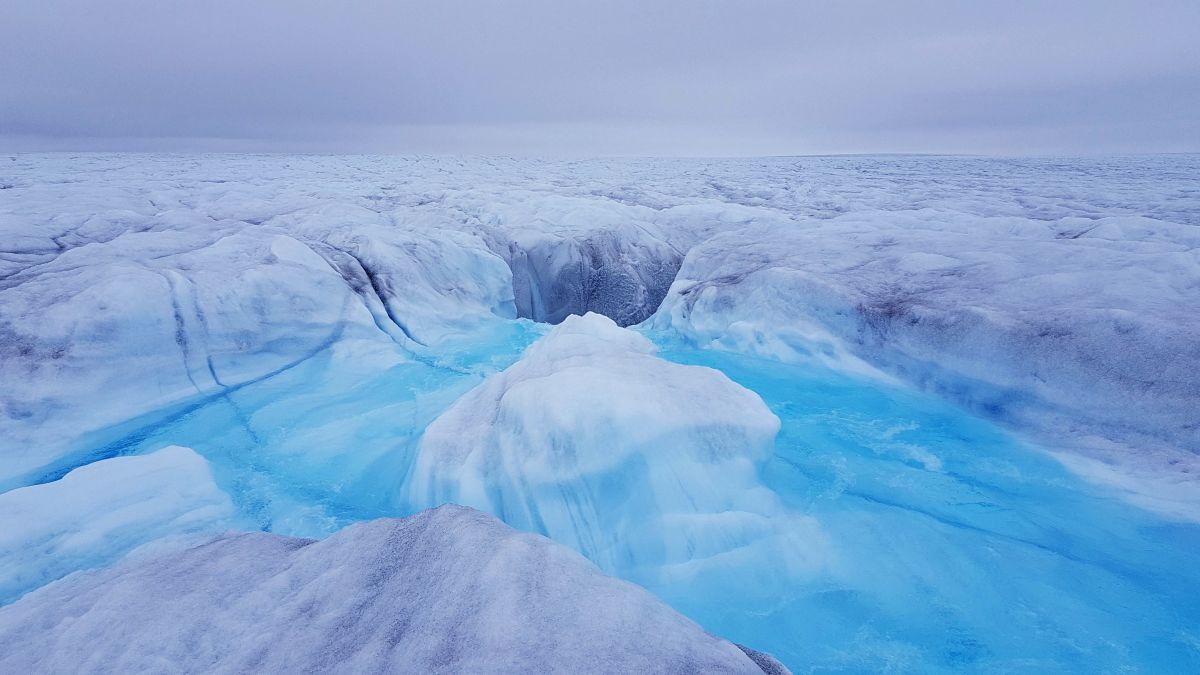
Those results predict that not only will the melting of the ice caps on both Greenland and Antarctica continue, but that the melting will accelerate, causing a much greater rise in sea level by the end of the century. In fact the models show that, if global temperature rise should exceed 1.8ºC above pre-industrial levels the melting of the ice caps would reach irreversible, catastrophic amounts with a sea level rise by the year 2100 estimated at one meter above today’s level.

Now remember, ever since the Paris climate accords of 2015 both scientists and politicians have been pushing for a limit of 1.5ºC rise in global temperature, and pretty much failing to do anything substantial to actually stop the world from going past that goal. Indeed, the latest estimates have the global temperature rise going above 1.5ºC sometime in the next five years. And once we’re past 1.5ºC can 1.8ºC be far behind. So the amount of water being dumped into the oceans by melting ice caps is going to increase rapidly, threatening the low laying areas of every nation on Earth.

The second paper concerns those low laying areas and concludes that we have been greatly underestimating the amount of global land area that will be lost due to sea level rise. The study, published in the American Geophysical Union’s journal Earth’s Future, utilizes data from NASA’s ICESat-2 LiDAR satellite, which was launched back in 2018, to determine the elevation above sea level of land areas throughout the globe.

Previous measurements of land elevations were carried out by airplanes using radar, but those measurements were inaccurate, primarily because radar cannot penetrate beneath vegetation to the true ground surface. The ICESat-2 satellite uses the much more precise Light Detection and Ranging (LiDAR) that is better able to determine the true elevation of land areas.

What the researchers found was the elevation of much of the world’s low laying land areas was being overestimated. Not by much, only a meter or two for the most part, but when coupled with a one meter rise in sea level it means that just about twice as much of the world is going to sink beneath the ocean by the year 2100 than was previously thought.

That means that millions more people will see their homes swept away by floods. Whole nations like Bangladesh may simply cease to exist while seacoasts around the world will be inundated. Rich cities like Miami and Boston may be able to afford to build dikes to preserve them, but what about poorer cities like Mumbai and Bangkok? What about the numerous small coastal towns in New Jersey, North Carolina, Florida and Texas?
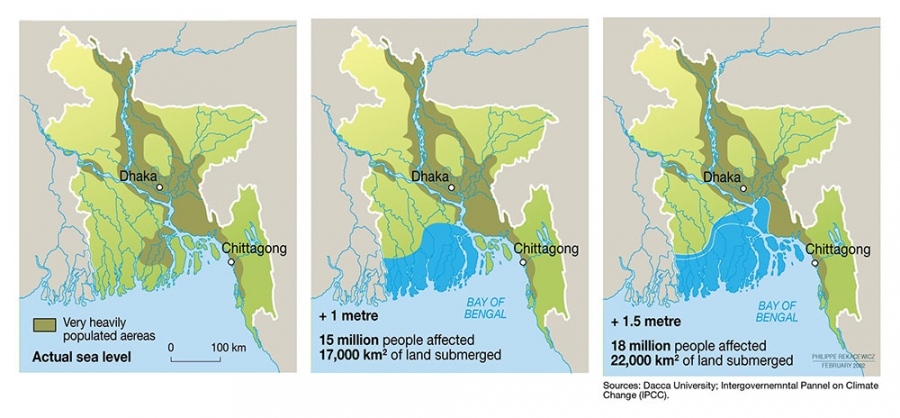
So it may not be long before you start hearing more and more stories on the news about widespread flooding across the globe. It’ll happen slowly, millimeter by millimeter as the sea rises, but it’s going to happen.
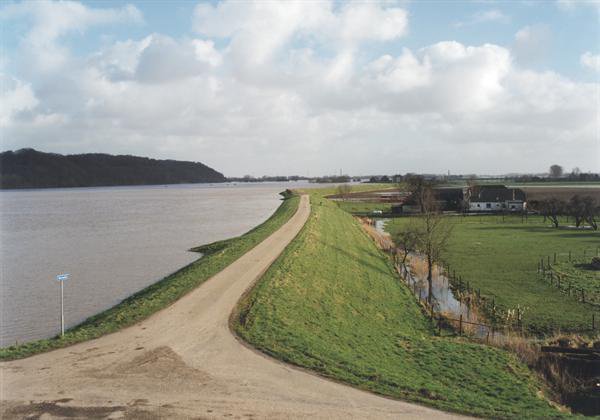
Now, if you find the latest estimates on sea level rise and the flooding of the world’s coastlines associated with it to be a bit depressing then here’s some news that I’m certain will cheer you up. The major oil companies have recently all announced that they made record profits during last year 2022. So even as the planet burns up you can still have a safe investment for your 401K that will be paying dividends in the post-apocalyptic hellscape to come.
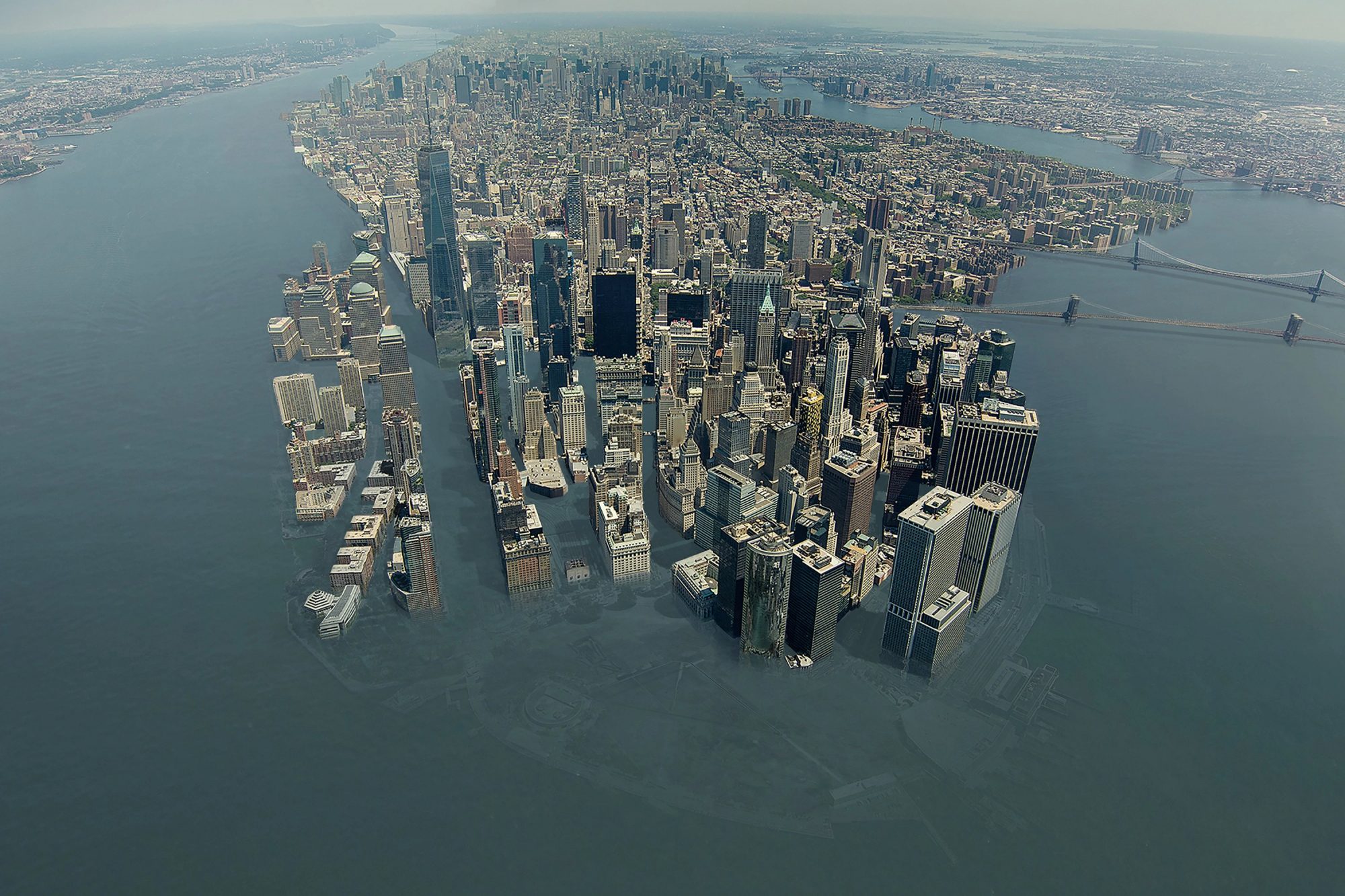
For the record, Exxon-Mobile posted a profit in 2022 of $55.7 Billion, that’s profit, not sales, while Shell announced $39.9 Billion in profit. The other oil giants saw similar levels of profit, Chevron $35.5 Billion, BP $27.7 while France’s Total Energies announced $36.6 Billion. All of these numbers were records for each company and came while the world was recovering from the Covid-19 pandemic and tittering on the brink of a recession.
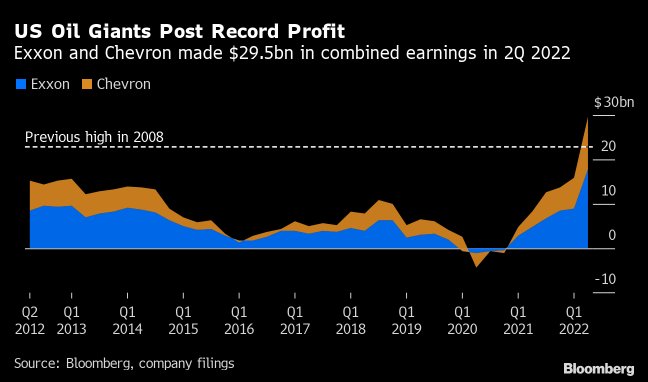
Of course the oil giants insist that they did nothing wrong, it was the pandemic’s fault really. You see during all of the Covid lockdowns the demand for oil and natural gas dropped so they all had to cut way back on production. Then last year, as life throughout the world began to return to normal the demand for oil and natural gas shot up. Add to that Russia’s invasion of Ukraine, Russia is the world’s third largest oil producer and second largest producer of natural gas, and the price for a barrel of oil went through the roof. There was nothing the oil companies could do; the law of supply and demand literally forced them to make ungodly amounts of money.
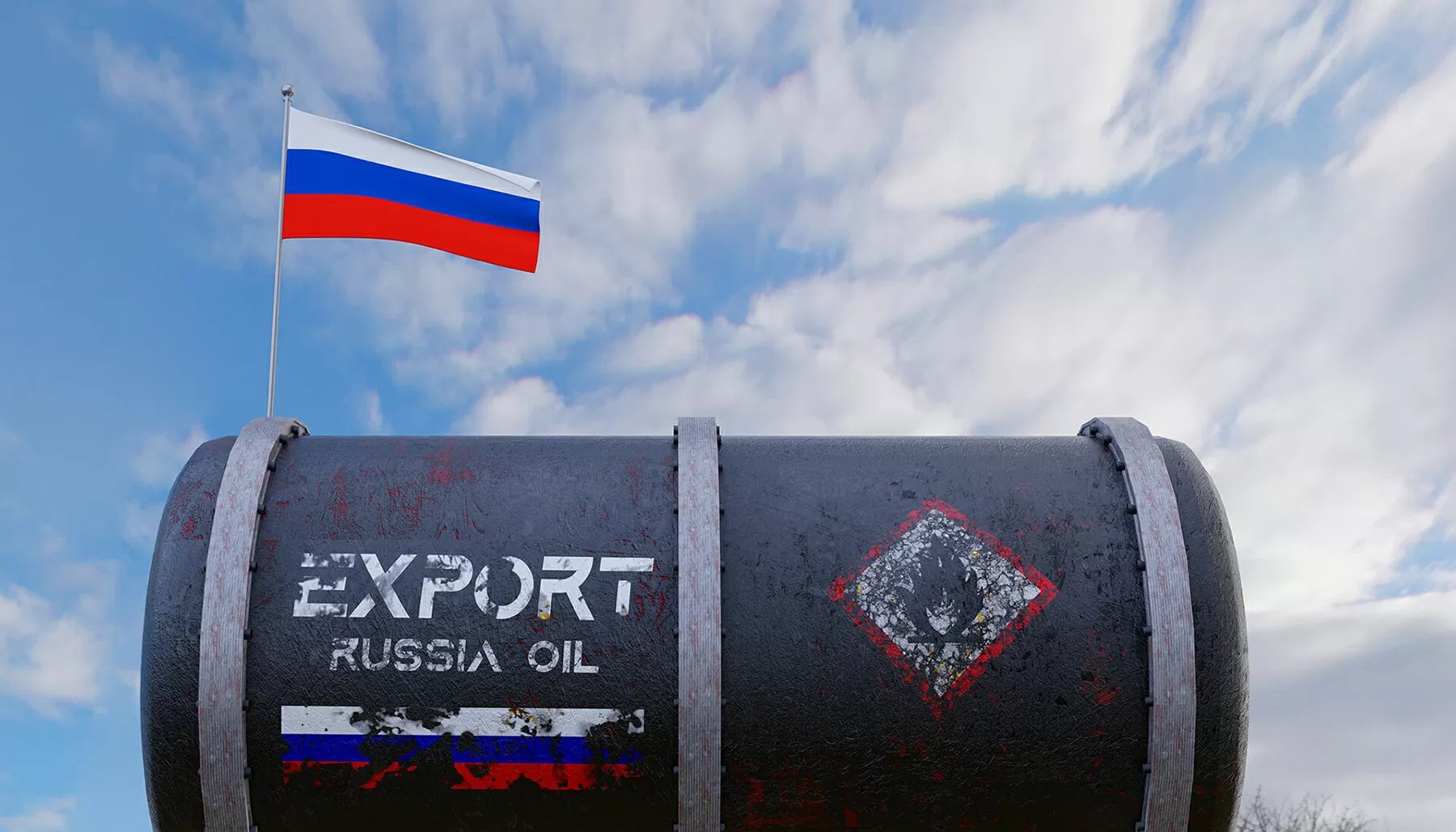
All of which is just more evidence of how hard it is going to be to get the human race to stop polluting the world with fossil fuels. There are simply too many people making too much money from oil and natural gas, I won’t even mention coal, for them to be simply outlawed. The question therefore becomes how much of the world’s land mass has to be flooded, how severe do storms have to become, how many people have to suffer in droughts or wildfires before we finally do something? And will it be too late by then?
